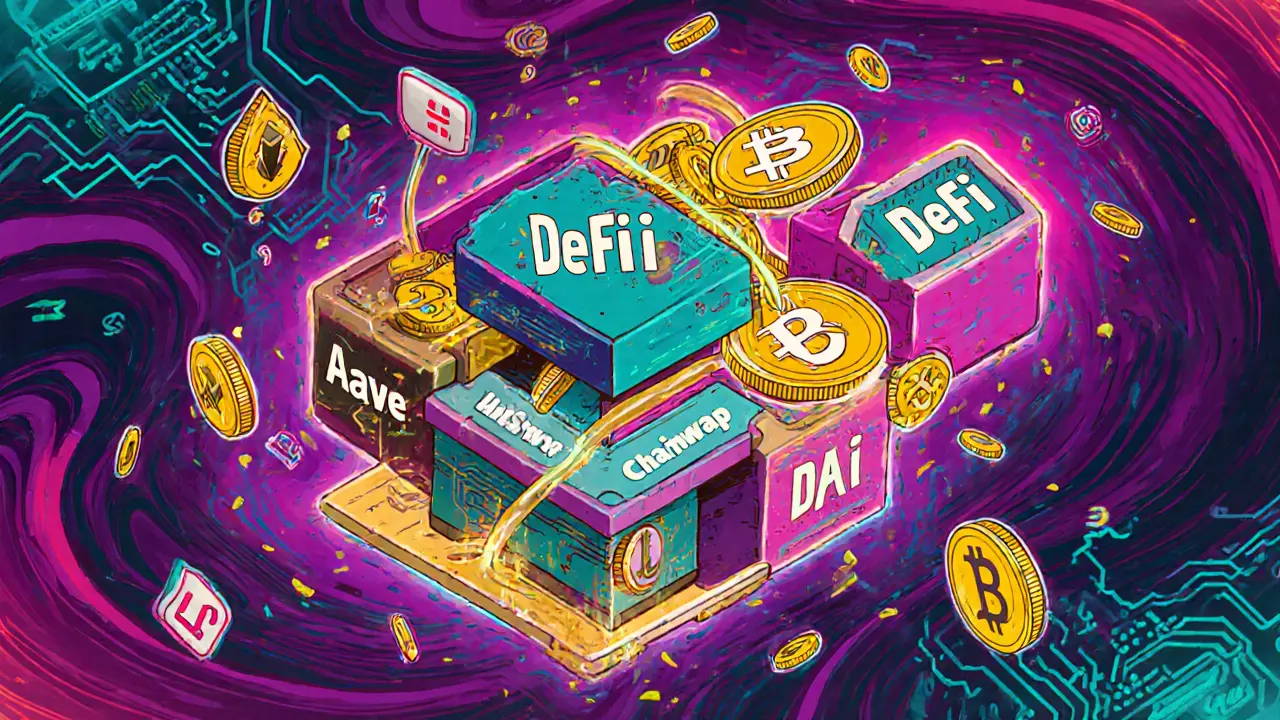DeFi Interoperability: How Blockchains Talk to Each Other
When you send ETH from Ethereum to Avalanche to swap for a token, you’re using DeFi interoperability, the ability of different blockchain networks to communicate, share data, and transfer value without relying on centralized intermediaries. Also known as cross-chain compatibility, it’s what lets you use one wallet to access dozens of DeFi apps across multiple chains—without having to choose just one. Without it, DeFi would be a collection of isolated islands. You’d be stuck on Ethereum for Uniswap, Solana for Raydium, and Avalanche for Trader Joe—with no easy way to move your assets between them. That’s not just inconvenient—it’s expensive, slow, and risky.
Real DeFi interoperability doesn’t just move tokens. It lets smart contracts on one chain trigger actions on another. For example, a lending protocol on Polygon could use price data from a decentralized oracle on Bitcoin to adjust your loan terms. That’s where blockchain bridges, specialized protocols that lock assets on one chain and mint equivalent tokens on another come in. But not all bridges are equal. Some, like the one Elk Finance used on Avalanche, struggle with low liquidity and security flaws. Others, like LayerZero or Chainlink CCIP, are building more robust, trust-minimized connections. The problem? Most bridges still rely on centralized validators. If one goes down—or gets hacked—your funds vanish. That’s why true interoperability isn’t just about tech. It’s about trust, security, and adoption.
smart contracts, self-executing code that runs on blockchains without human intervention are the engine behind all of this. But for them to work across chains, they need standardized languages and shared rules. Right now, every chain has its own flavor of Solidity or Rust, its own gas model, and its own way of handling errors. That’s why cross-chain DeFi apps are still rare. Most are just wrappers—clunky workarounds that look like interoperability but don’t deliver the real freedom users want.
What you’ll find below aren’t theory pieces. These are real reviews of platforms trying to make DeFi interoperability work—some successfully, most not. You’ll see why Elk Finance’s cross-chain swaps fell flat, why JulSwap faded, and how some projects are quietly solving the core problems others ignore. No fluff. No hype. Just what’s actually usable in 2025—and what’s still a gamble.
What Is Composability in DeFi? The Money Legos Revolution
Composability in DeFi lets financial protocols work together like LEGO blocks, enabling users to build custom financial products without intermediaries. It's the core innovation behind yield farming, flash loans, and automated investing.
